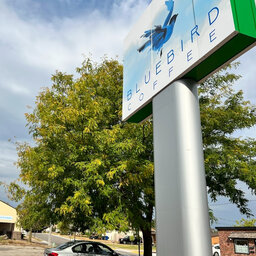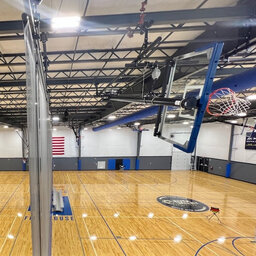Understanding Why Restaurant (and Other) Capacity Matters
We wrote stories about Kelsey Williams at Fayze’s (La Crosse), Jacqlynn Hauser with Jacqlon’s (Holmen), and Keith Carson with Houghton’s Jackson Street Pub (La Crosse). In the process, we learned how restaurants financials work and why they struggle during 2020.

- Food Cost: Restaurants buy in bulk to keep costs low. The pandemic changed the usual customer patterns. There aren’t conferences or local events that help predict how many people will dine-in, allowing them to order food. Selecting quantity in 2020 is tough. Wasting food is expensive. Menu adaptations to maximize food they are ordering makes customers upset when they can’t get their usual favorites.
2. Staffing: See our comment above about unpredictable customer patterns. A manager or owner are forced to under-schedule employees because overscheduling is costly. This means longer wait times (i.e. gathering!) of people waiting for tables, creating dissatisfaction. The flip side is that employees, who many owners call “their family”, see reduced hours due to light scheduling. Many are still on unemployment because of the reduction.
3. Fluctuating Costs: meat prices skyrocketed. If you print a menu and costs increase, you may take a loss until you can adjust.
4. Overhead: this ambiguous thing we hear about. Think about as expenses you have to pay even if you didn’t have income. For a restaurant and it includes rent, utilities, property taxes, phone, loan payments (furniture, table items like plates, silverware), cleaning service, mats, accounting, advertising, supplies (condiments, soda, napkins, etc.).
5. Waste: there is an element of waste that comes with owning a restaurant. Ideally, it’s minimal, but it’s a cost.


6. 2020 Added overhead: Hand sanitizer, special cleaners, and adding outdoor seating all added costs. These must be recouped at a time when businesses are lucky if they have equal sales.
7. Uncertainty: add a little dose of changing business conditions, changing consumer confidence, and weather. You have the perfect recipe for not being able to tell what the next week is going to bring.
Add those all up, and you have what a restaurant must take in to “make the numbers work” — i.e. be open.
A business may have a great week followed by a horrible week. The some of those two may be money made or money lost. They are struggling to know how long to hold on and where to find hope.





